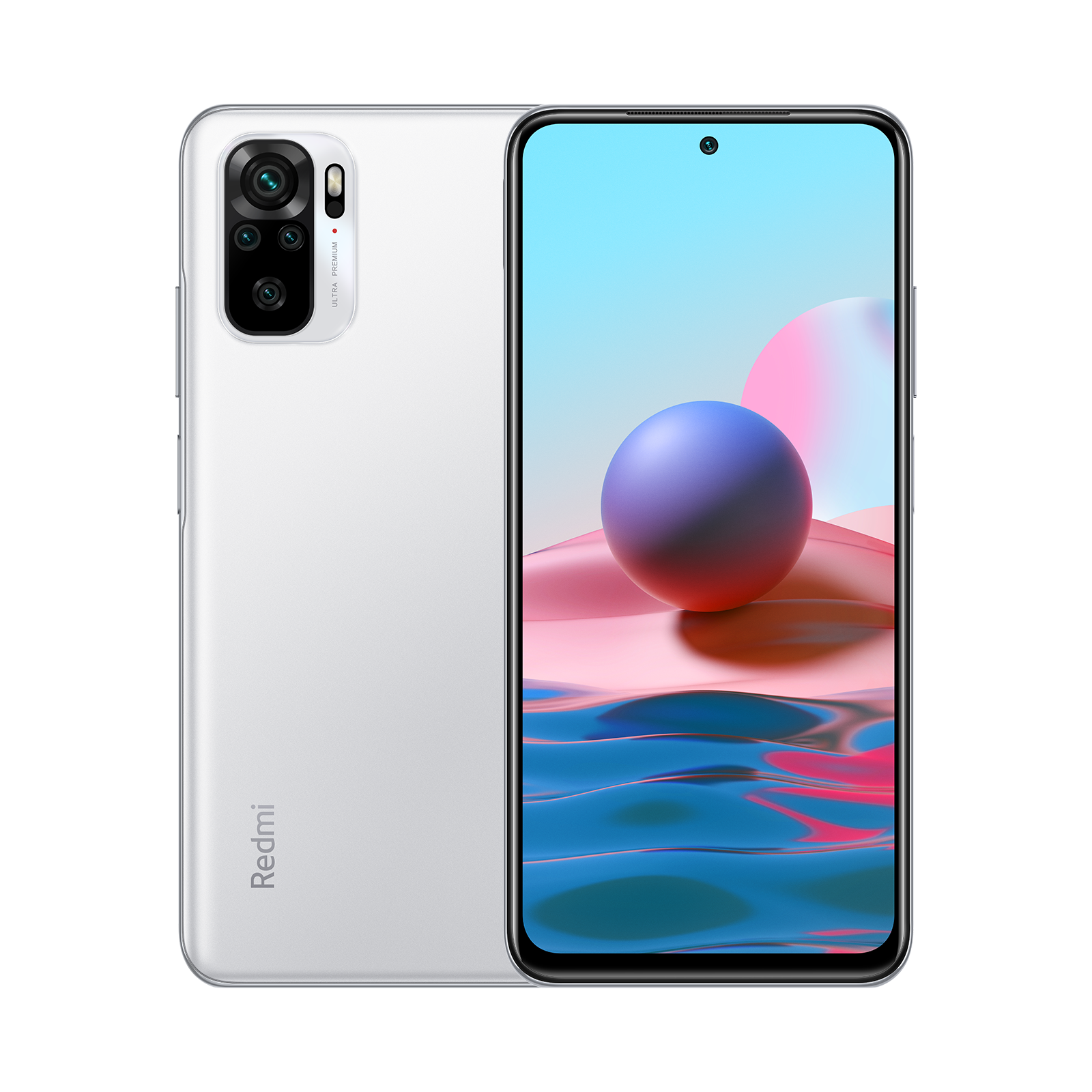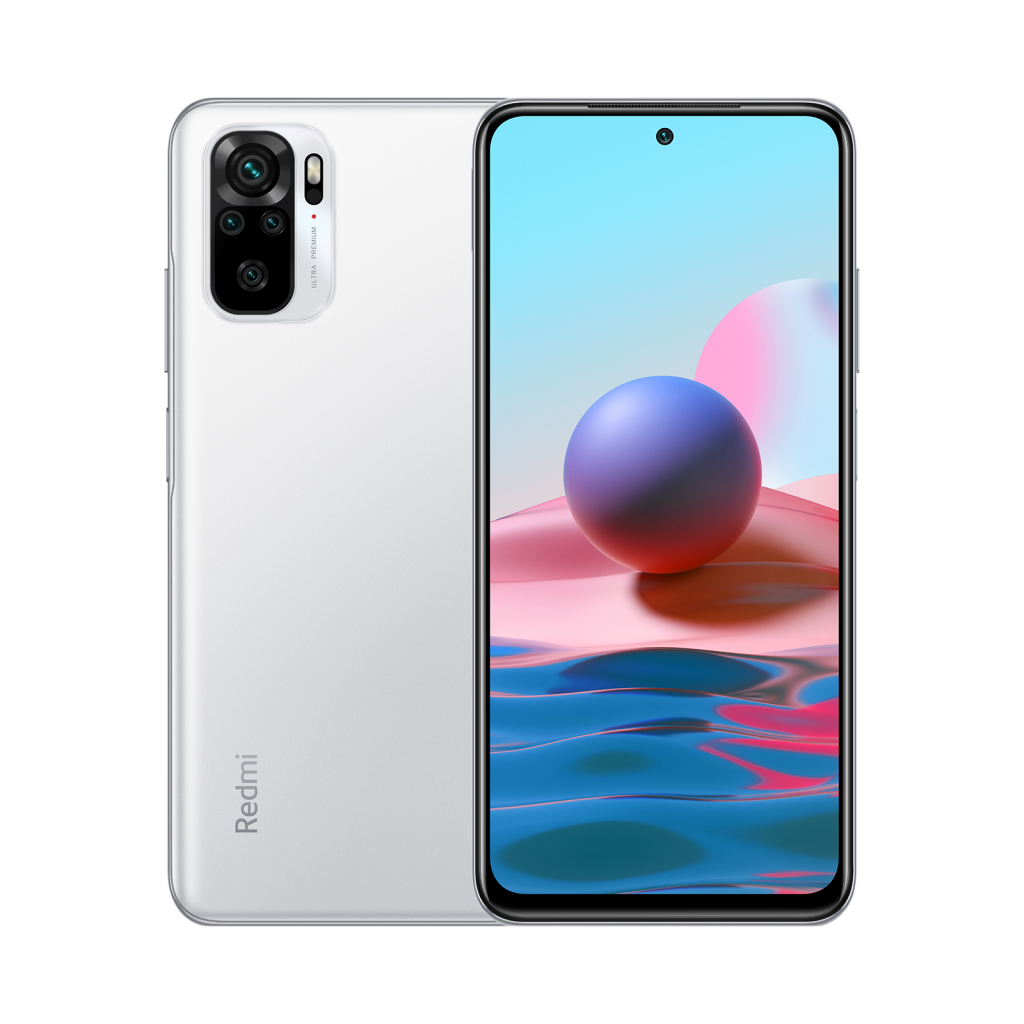Released in March 2021, the Xiaomi Redmi Note 10 is the latest addition to the Essential (under $200) segment of devices in our DXOMARK Battery protocol database. Among other attractive features, the budget-friendly Redmi Note 10 comes with a multi-camera setup, including a 48 MP main camera. Let’s see how well its battery performed in our comprehensive tests.
Key specifications:
- Battery capacity: 5000 mAh
- 33W charger included
- 6.43-inch, 1080 x 2400, 60 Hz OLED display
- Qualcomm Snapdragon 678 (11 nm) chipset
- Tested RAM / storage combination: 4 GB + 128 GB
About DXOMARK Battery tests: For scoring and analysis in our smartphone battery reviews, DXOMARK engineers perform a variety of objective tests over a week-long period both indoors and outdoors. This article highlights the most important results of our testing. (See our introductory and how we test articles for more details about our smartphone Battery protocol.)
Test summary
Scoring
Sub-scores and attributes included in the calculations of the global score.

Xiaomi Redmi Note 10


Key performances
These key points are derived from the lab measurements during testing and do not figure into the overall score. The lab measurements, however, are used for the overall score.
 43rd
43rd
 3rd
3rd
Pros
- Well-balanced device
- Strong autonomy, close to three days of moderate use
- Better charging performance than its competitors in this price range
Cons
- Weak idle (screen off) performance
The Xiaomi Redmi Note 10 is a very well-balanced device, scoring 81, 80, and 81 in Autonomy, Charging, and Efficiency, respectively. Its overall score of 87 places it high among the top ten devices in our database to date, and just ahead of the two comparison devices in this review. In short, at this price point and with its specifications, it is one of the best devices we’ve tested so far.
The table below shows the battery capacity, charger, display type and resolution, and processor specifications for the Xiaomi Redmi Note 10 and another device from the Essential segment, the Wiko Power U30, and a device from the Advanced ($200-399) segment, the Oppo A74.
| Xiaomi Redmi Note 10 | Wiko Power U30 | Oppo A74 | |
| Battery capacity (mAh) | 5000 | 6000 | 5000 |
| Charger | 33W | 15W | 33W |
| Wireless | No | No | No |
| Display type | OLED | LCD | OLED |
| Display resolution | 1080 x 2400 | 1640 x 720 | 1080 x 2400 |
| Processor | Qualcomm Snapdragon 678 (11 nm) | MediaTek Helio G35 (12 nm) | Qualcomm Snapdragon 662 (11 nm) |
How long a battery charge lasts depends not only on battery capacity, but also other aspects of the phone’s hardware and software. The DXOMARK Battery autonomy score is composed of three performance sub-scores: (1) Stationary, (2) On the go, and (3) Calibrated use cases. Each sub-score comprises the results of a comprehensive range of tests for measuring autonomy in all kinds of real-life scenarios.
Autonomy (79)
Thanks to a strong TUS performance and good performance on the go, the Xiaomi Redmi Note 10 is comfortably within the top ten in our autonomy rankings to date. Another plus is that it shows good linearity, meaning that you can rely on the battery gauge to let you know how much power your have left.

Stationary
Xiaomi Redmi Note 10
90
104
A robot housed in a Faraday cage performs a set of touch-based user actions during what we call our “typical usage scenario” (TUS) — making calls, video streaming, etc. — 4 hours of active use over the course of a 16-hour period, plus 8 hours of “sleep.” The robot repeats this set of actions every day until the device runs out of power.
The Redmi Note 10 lasted up to 3 days in our stationary testing, putting it in fifth place in for TUS duration as of this writing, achieving 4 more hours than the Oppo A74. For all that this is an impressive achievement, the Xiaomi’s duration is a whopping 15 hours less than the Wiko Power U30, which remains the category leader to date.
In terms of nighttime power management, it loses on average 1.33%, which is among the best in our database. This is better than the Oppo (2%), but once again the Wiko did a better job with a loss of only 0.63%.

On the go
Xiaomi Redmi Note 10
68
96
Using a smartphone on the go takes a toll on autonomy because of extra “hidden” demands, such as the continuous signaling associated with cellphone network selection, for example. DXOMARK Battery experts take the phone outside and perform a precisely defined set of activities while following the same three-hour travel itinerary for each device.
The Redmi put in a decent performance in our on the go testing. It lasts 10 hours 29 minutes when using GPS for navigating, and lasts a hair more than 6 hours when using the camera, which is above average for our database as a whole, but not as long as either of its rivals for these use cases.

Calibrated
Xiaomi Redmi Note 10
68
100
For this series of tests, the smartphone returns to the Faraday cage and our robots repeatedly perform actions linked to one specific use case (such as gaming, video streaming, etc.) at a time. Starting from an 80% charge, all devices are tested until they have expended at least 5% of their battery power.
The Redmi is just edged out by the Oppo, which beats it by one point, but the Wiko Power U30 with 92 points leaves both these devices in the dust for this sub-attribute. That said, the Redmi does better than its two competitors when it comes to video streaming via WiFi and video playback, but its results for playing video games are particularly disappointing, with a below-average duration of only 7 hours.
Charging (80)
The DXOMARK Battery charging score is composed of two sub-scores, Full charge and Quick boost. Full charge tests assess the reliability of the battery power gauge; measure how long it takes to charge a battery from 0% to 80% capacity and from 80% to 100%; and measure how long and how much power the battery takes to go from an indicated 100% to an actual full charge. With the phone at different charge levels (20%, 40%, 60%, 80%), Quick boost tests measure the amount of charge the battery receives after being plugged in for 5 minutes.
Unlike many devices at its price point, the inclusion of a 33W charger to fill its 5000 mAh battery is a nice plus. and unsurprisingly, the Xiaomi Redmi Note 10’s overall charging score is above average, and lots better than the Wiko’s (58 points).

Full charge
Xiaomi Redmi Note 10
73
121
The Xiaomi device reaches a completely full charge in only 1 hour 29 minutes, while the Wiko Power U30 takes 3 hours 34 minutes. The Oppo A74, however, is some 18 minutes faster than the Xiaomi, but that said, the Oppo device is only 3 minutes faster than the Xiaomi to go from 0 to 80%.

Quick boost
Xiaomi Redmi Note 10
84
111
Plugging in the Redmi Note 10 for 5 minutes at 20% or 40% power remaining lets you can up to 5 hours of autonomy, which is much better than the Wiko and slightly better than the Oppo.
| Xiaomi Redmi Note 10 | Wiko Power U30 | Oppo A74 | ||
| Autonomy boost (hh:mm) | 20% | 5:00 | 2:18 | 4:43 |
| 40% | 5:00 | 2:19 | 4:45 | |
| 60% | 4:37 | 2:20 | 4:54 | |
| 80% | 3:10 | 1:56 | 2:28 | |
| Percentage boost | 20% | 10 % | 4 % | 10.2 % |
| 40% | 10 % | 4.1 % | 10.3 % | |
| 60% | 9.2 % | 4.1 % | 10.6 % | |
| 80% | 6.3 % | 3.4 % | 5.3 % | |
| Energy consumed | 20% | 2627 mWh | 1463 mWh | 2477 mWh |
| 40% | 2627 mWh | 1476 mWh | 2495 mWh | |
| 60% | 2424 mWh | 1480 mWh | 2575 mWh | |
| 80% | 1666 mWh | 1225 mWh | 1297 mWh |
Efficiency (81)
Our Efficiency score comprises two sub-scores, Charge up and Discharge. Charge up is the efficiency of a full charge (that is, how much energy is drained from the wall outlet vs the energy capacity of the battery, as well as the efficiency of the charger and its residual consumption). Discharge is how much current the smartphone drains from the battery when in use (the ratio of battery capacity over autonomy). Better autonomy with a smaller battery means better efficiency.
For overall efficiency, the Redmi shares the same score with the Wiko (81); the Oppo beats them both thanks to its better charge up score.

Charge up
Xiaomi Redmi Note 10
65
105
The Xiaomi Redmi Note 10’s charge up efficiency score is simply average, but its adapter efficiency is better than the Wiko Power U30 and Oppo A74 (88.5% vs. 82.7% and 86.3%, respectively).

Discharge
Xiaomi Redmi Note 10
88
121
The Xiaomi device earns the same score as the Oppo for discharge efficiency, but the Wiko beats them both (102). During TUS testing, the Redmi Note 10’s results for both night and day current discharge show better results than either competitor, which indicates that the Xiaomi device is well-managed overall. That said, its discharge is a bit high in both gaming and in idle mode.
Conclusion
Although autonomy when gaming is a bit low, you can otherwise expect up to three days of moderate use from the well-balanced Xiaomi Redmi Note 10 — and for a device at its price point, that kind of battery performance is nothing less than impressive!



DXOMARK encourages its readers to share comments on the articles. To read or post comments, Disqus cookies are required. Change your Cookies Preferences and read more about our Comment Policy.